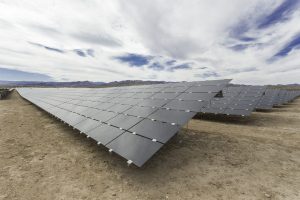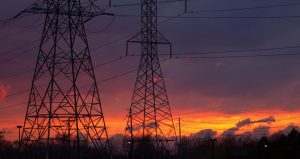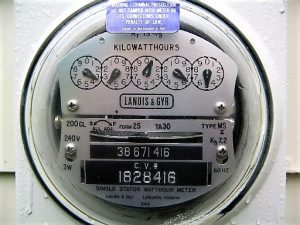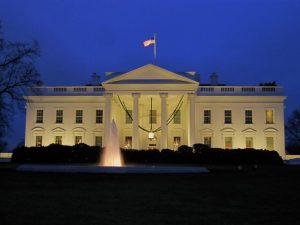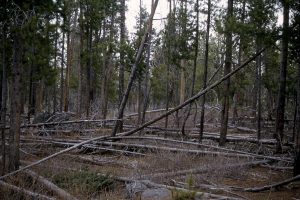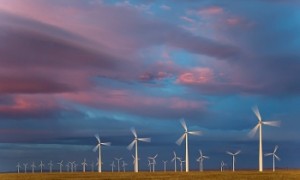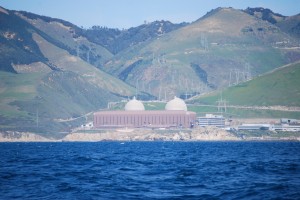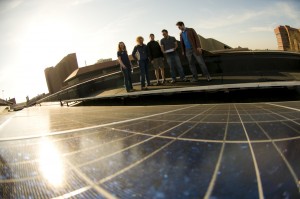37 item(s) were returned.
Former Clean Energy Project Manager
Environmental Defense Fund
Earlier last month, the New York City Council introduced an energy efficiency bill package designed to make buildings more energy-efficient. Given that about 70 percent of greenhouse gas emissions in the City come from heating and cooling buildings, regulating how buildings manage energy is crucial to reaching Mayor Bill de Blasio’s goal of reducing citywide emissions 80 percent below 2005 levels by 2050. While these bills represent an important step in the right direction, there are opportunities to strengthen them so the intended reduction in pollution is more effective and long-lasting. For example, Int. 1644 proposes the establishment of a… [more]
View InsightPublisher
Atomic Insights LLC
In 2015, Mark Z. Jacobson released a report claiming via modeling that 100% of the energy – not just the electricity – needed by the U.S. could be reliably provided at a reasonably low cost by a mixture of wind, water and solar energy. Jacobson’s paper, Low-Cost Solution to the Grid Reliability Problem with 100% Penetration of Intermittent Wind, Water, and Solar for All Purposes, was recently challenged when the Proceedings of the National Academy of Sciences published a paper titled Evaluation of A Proposal for Reliable Low-Cost Grid Power with 100% Wind, Water, and Solar. The new paper, developed… [more]
View InsightResearch Scientist
MIT Joint Program on the Science and Policy of Global Change
With a single executive order issued at the end of March, the Trump administration launched a robust effort to roll back Obama-era climate policies designed to reduce U.S. carbon dioxide (CO2) emissions. Chief among those policies is the Clean Power Plan, which targets coal and natural gas-fired electric power plants that account for about 40 percent of the nation’s CO2 emissions. Private and public-sector investors may see the executive order as a green light to double down on relatively cheap fossil fuels and reduce holdings in more costly, climate-friendly, non-carbon generation technologies such as wind, solar and nuclear. But they… [more]
View InsightSenior Energy Consultant
Ascend Analytics
Historically, the US power grid has primarily treated electricity demand as a (mostly) unalterable requirement that must be met by ramping dispatchable generation up or down to adjust the electricity supply. This system creates several drawbacks, including i) challenges associated with integrating intermittent renewable energy sources (such as solar and wind) that cannot be dispatched; and ii) inefficient use of resources, since the transmission, distribution, and generation systems must be built to meet the peak demand even though the peak occurs only a few hours during each year. Demand-side management (DSM) approaches can alter the net electricity required from the… [more]
View InsightAssociate Professor of Environmental Engineering
Rice University
President-elect Donald Trump has only vaguely defined his plans for energy policy, via his website and campaign statements and tweets. As a result, one can only speculate what changes to expect from Trump energy policies. Nevertheless, a recent report by S&P Global Platts aimed to predict how electricity will be generated under Trump energy policies. The analysis assumed Trump would allow subsidies for renewable energy to continue their scheduled scale down through 2020, and enact no new policies to support wind or solar. This is consistent with recent reporting indicating that Trump does not plan to act against renewable energy… [more]
View InsightAssociate Professor, Department of Agricultural and Resource Economics
University of California, Berkeley
California is experiencing what has been dubbed the worst epidemic of tree mortality in the state’s modern history, with the death of an estimated 66 million trees since 2010. There seems to be widespread – but not unanimous – agreement that leaving close to 40 million dry tons of wood in the forest will increase wildfire risk to unacceptable levels. A tree-mortality task force is working to safely remove the dying trees by using the tree services where some of which can be harvested for timber. But given the current trajectory, lots of wood will be burned on-site. This begs… [more]
View InsightSenior Scientist
UFA Ventures, Inc.
There have been many voices lately saying that renewables could produce 80% or more of the world’s energy by 2050 in order to limit global warming to 2.5°C, as long as we develop sufficient energy storage and bring up efficiency and conservation. But the real issue is raw materials. It takes about 500 tons of steel and 1000 tons of concrete per MW of wind power. Even more to connect them to the grid. The United States has used 40 million tons of steel to build 48,800 wind turbines totaling 74,512 MW and costing about 150 billion dollars. Wind energy… [more]
View InsightCalifornia’s Renewables Portfolio Standard (RPS) requires 50% of utility retail sales derive from renewable sources by 2030. This includes ramping up efficiency, storage and renewable infrastructure, especially rooftop solar projects. A major California utility, Pacific Gas & Electric (PG&E) is addressing the RPS requirements in part by announcing the retirement of the Diablo Canyon Nuclear Power Plant by 2025 with production to be replaced by renewables and improved energy storage. Although carbon-free, nuclear power is not classified as a renewable energy source under California’s 50% mandate and as a result, California nuclear is beginning a phase-out. Implementation of the state… [more]
View InsightAssistant Director
University of Texas Energy Institute
The world has experienced profound changes recently regarding energy and the economy. Fossil fuels, while still abundant, are becoming more costly to develop as the most easily-accessible resources become depleted. Many renewable energy technologies are becoming less costly due in part to market forces as well as supportive state and federal energy policies. These technologies however would require massive capital investment to replace fossil fuels at current scale. Global demand for energy continues to climb while advanced economies are becoming less energy-intensive when measured per unit of GDP. Meanwhile, a global financial crisis as well as mounting public and private… [more]
View InsightAssociate Professor of Sustainability Science and Policy
University of Vermont
Energy systems are in transition from predominantly centralized fossil-fuel and nuclear-based infrastructures to more efficient and heterogeneous renewable-based configurations that include a diversity of different kinds of decentralized, distributed energy. This energy transition is much more than a technological substitution; this transition also includes major social innovations including institutional and cultural changes related to expectations for how individuals, households, communities and organizations use and manage energy. The renewable energy transition also has huge potential to redistribute the political “power” associated with huge multi-national conventional energy companies. This political potential of the local, distributed, abundant, and renewable characteristics of renewable-based energy… [more]
View Insight
